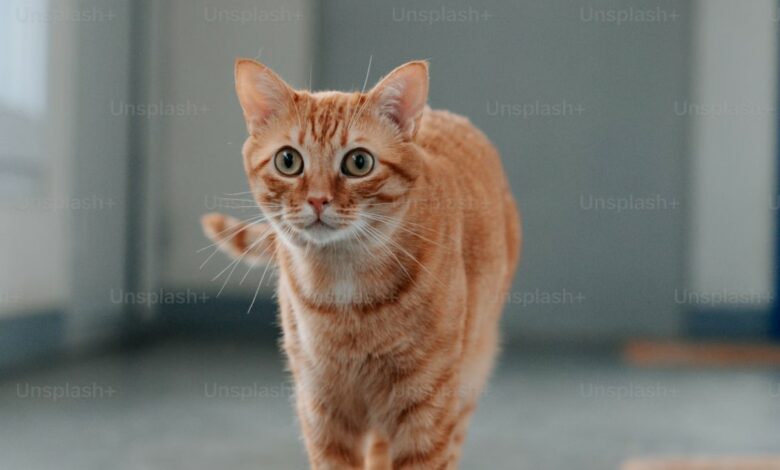Cats associate more with words than human babies, new research shows

Recent findings published in Scientific Reports show that cats can connect words and images significantly faster than human toddlers. From research led by Dr. Saho Takagi and her team at Azabu University in Japan found that adult cats formed associations between visual cues and spoken words in a fraction of the time it took young children. The results of the experiment suggest a deeper understanding of cats’ cognitive abilities, highlighting the potential for cats’ understanding of language signals.
Experiment design and findings
In the study31 adult cats were shown a series of animated clips, each accompanied by a spoken, made-up word. The clips, featuring a red sun and a blue unicorn paired with unique words, were repeated until the cats showed reduced attention. After a short break, the researchers switched the images and sounds, combining the words with different images. Strikingly, the cats responded with greater interest to these changed combinations, indicating that they noticed the inconsistency and had associated the original words with the original pictures.
Dr. Takagi noted that some cats showed heightened attention, with dilated pupils when confronted with the “switched” condition, which was a sign of surprise. This response indicates that the cats were not only able to associate words and images, but also recognized the discrepancy, a level of understanding previously thought unusual in cats.
Comparisons with toddlers and limitations of the study
Human toddlers generally required four exposures to a similar experiment, with each session lasting 20 seconds, to reach the same level of understanding. The cats, on the other hand, achieved this in just two nine-second attempts. Dr. Carlo Siracusa, a veterinary behaviorist from the University of Pennsylvania, noted the difficulty of comparing adult cats to human babies, highlighting the evolutionary and cognitive differences between the species.
Siracusa said these types of studies are challenging because animal behavior can be difficult to interpret without inherent biases. However, the findings add to a growing body of evidence demonstrating cats’ cognitive abilities. While it remains uncertain whether these abilities are inherent or shaped by domestication, the study reflects a new approach to understanding cat intelligence.




